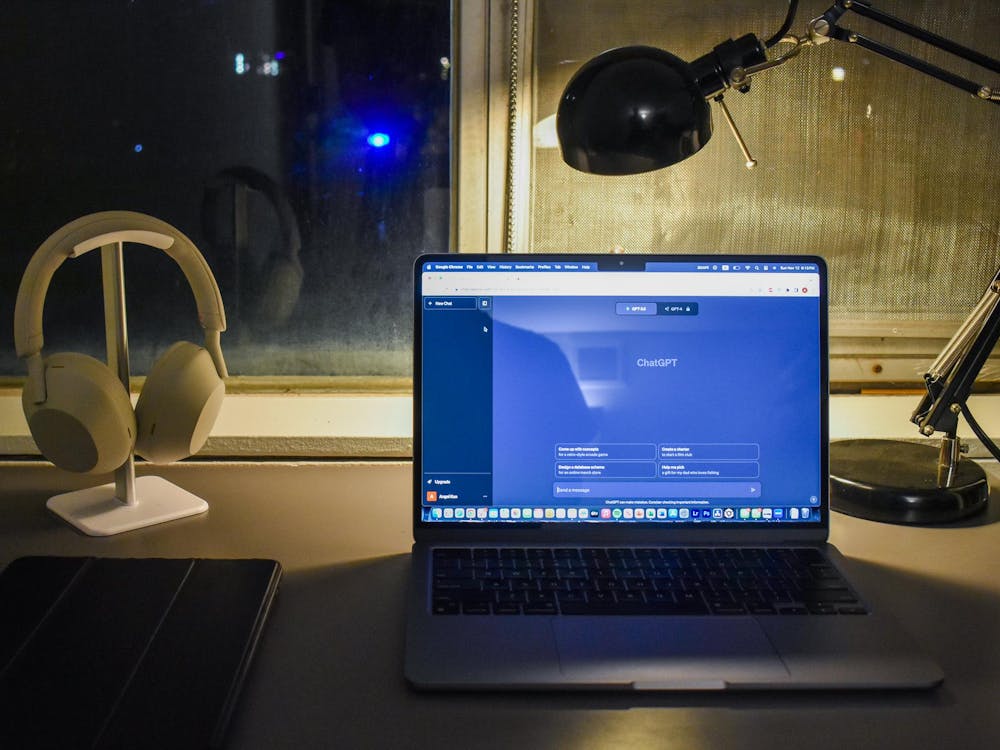This semester, the computer science department decided to officially rescind the non-pass/D/fail designation for COS 126: General Computer Science, after instituting it for 126, COS 217: Introduction to Programming Systems and COS 226: Algorithms and Data Structures last semester. Although a large number of the students who take COS 126 each semester are engineering or computer science majors who cannot P/D/F the class anyway, there are also many students for whom COS 126 is not a required course. Computer science and programming are becoming more and more ubiquitous in nearly every academic field, and for many students, COS 126 is not any less worthwhile just because it is not a required course. Some students who take a course P/D/F do so to take care of a distribution requirement with minimum effort, but others P/D/F a course because they are doing poorly despite their best efforts and want to prevent their GPA from suffering because of it. COS 126 probably does not attract too many students looking for an easy QR course, but the P/D/F option allows students with little or no experience in programming to take the course without worrying about grades, which are always a concern when large introductory courses combine with the grade deflation policy.
However, as mentioned in a previous editorial on allowing the P/D/F option for foreign language courses, the idea of potentially taking a hit to their GPAs is enough to discourage many such students from taking a course like COS 126. In fact, the non-P/D/F policy is often used in smaller classes, such as language courses or seminars, to do exactly that. Professors or departments usually employ the non-P/D/F policy when they want to avoid taking on students who would not be fully committed to taking the course. In a 20-student seminar, a few students taking the course P/D/F and not being actively engaged in discussion would be detrimental to the entire class. In a lower-level foreign language class where creating an immersive environment is the ideal, a single apathetic student in a class of 11 or 12 can ruin the experience for everyone as well. Most lecture courses allow the P/D/F option, since these concerns are greatly diluted once the class size surpasses 30, and the students are facing a podium and a blackboard instead of each other. Professors already have the ability to set a hard limit on the number of students who can enroll in a course, so non-P/D/F is not the only way to screen for halfhearted students.
Unfortunately, the complaints that enacting the non-P/D/F policy would discourage non-engineering majors become somewhat frivolous in the face of scarcity, in which case the department clearly cannot be generous and must conduct a sort of “academic triage” on the prospective COS 126 students. The original intent behind applying the non-P/D/F policy to COS 126, 217 and 226 was to decrease the number of students in these courses, since COS 126 in particular had become a very popular course recently. This was not successful, as the enrollment for the course was about 40 students more than in the previous spring semester. Perhaps the increase in BSE and computer science majors cannot be balanced out even by discouraging potential P/D/F students. The real problem of having a very large COS 126 class is not that Friend 101 or McCosh 10 are too small, but rather that there are simply not enough preceptors, graders and lab TAs to go around.
Despite complaints about some of the professors and preceptors, the general consensus seems to be that COS 126 is a well-designed course, which is part of the reason for its popularity. The quality of a course like COS 126, although it is a large lecture class, can be difficult to maintain when enrollment increases dramatically, as it has over the last few semesters. The non-P/D/F policy is used by professors to maintain the integrity of the course in most other cases, and the computer science department has every right to do the same with COS 126, 217 and 226. In fact, with the quickly increasing number of computer science majors, it could even be argued that the department has an obligation to “protect” its own majors and ensure that they will be able to take these classes. A prospective BSE or computer science student, who definitely won’t P/D/F the course, needs that COS 126 spot, while a humanities or social science student interested in programming merely wants that spot. While some students take COS 126 out of pure curiosity and later decide to major in computer science because of it, the non-P/D/F designation would not drive away truly interested students and keeping COS 217 and 226 non-P/D/F still creates an academic bottleneck, only further down the line. It is not a fun decision to make, but the computer science department should realize that unless it can completely restructure a course like COS 126 to accommodate more students, a non-P/D/F designation is the best way to ration out the course to those who absolutely need to take it.
Spencer Shen is a sophomore from Houston, Texas. He can be reached at szshen@princeton.edu.







